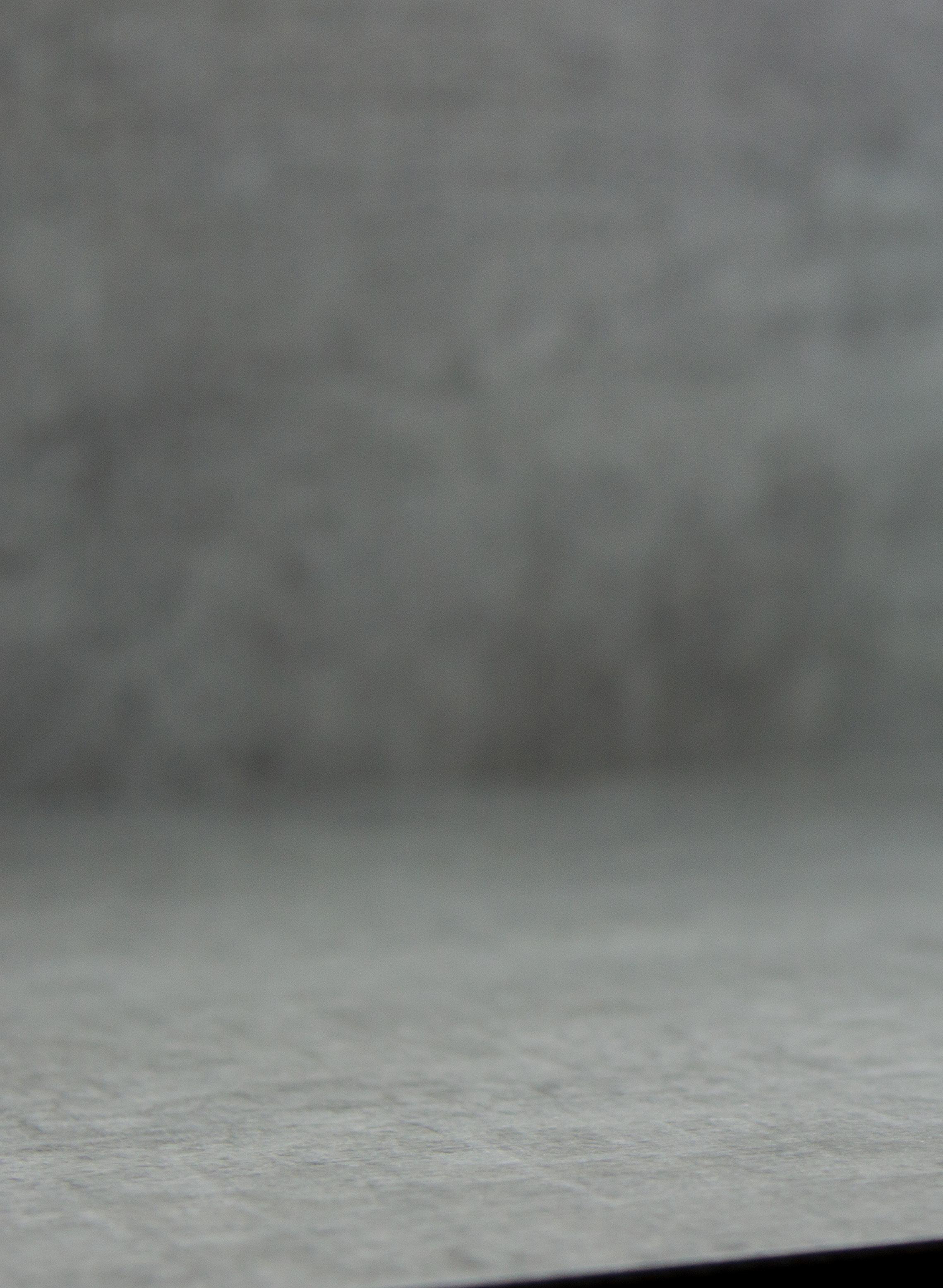
6 minute read
Ask The Experts
ZENITH SOLID LAMINATE FAQ’S ANSWERED
BiKBBI sponsor, Wilsonart’s Zenith range is a collection of on-trend solid laminate (also known as compact) worktops available in a wide range of decors and finishes. Although not a new material, compact is a new player within the worktop market. At 12.5mm thin, Zenith is made up of a black core created from layers of kraft paper impregnated with phenolic resin, a decorative paper is then placed on either side along with an overlay paper and impregnated with melamine resin to create a durable and waterproof, stylish worksurface.
Advertisement
As it’s still a recent addition to the marketplace the company often receives questions from KBB installers about how Zenith can be used, and how it should be installed in the kitchen for a highquality finish. We’ve spoken to the team at Wilsonart and with their help, have collated a selection of these FAQs below so you can find out all you need to know to specify Zenith or feel more confident in recommending and installing our ultra-thin Zenith worktops. How can Zenith worktops be used?
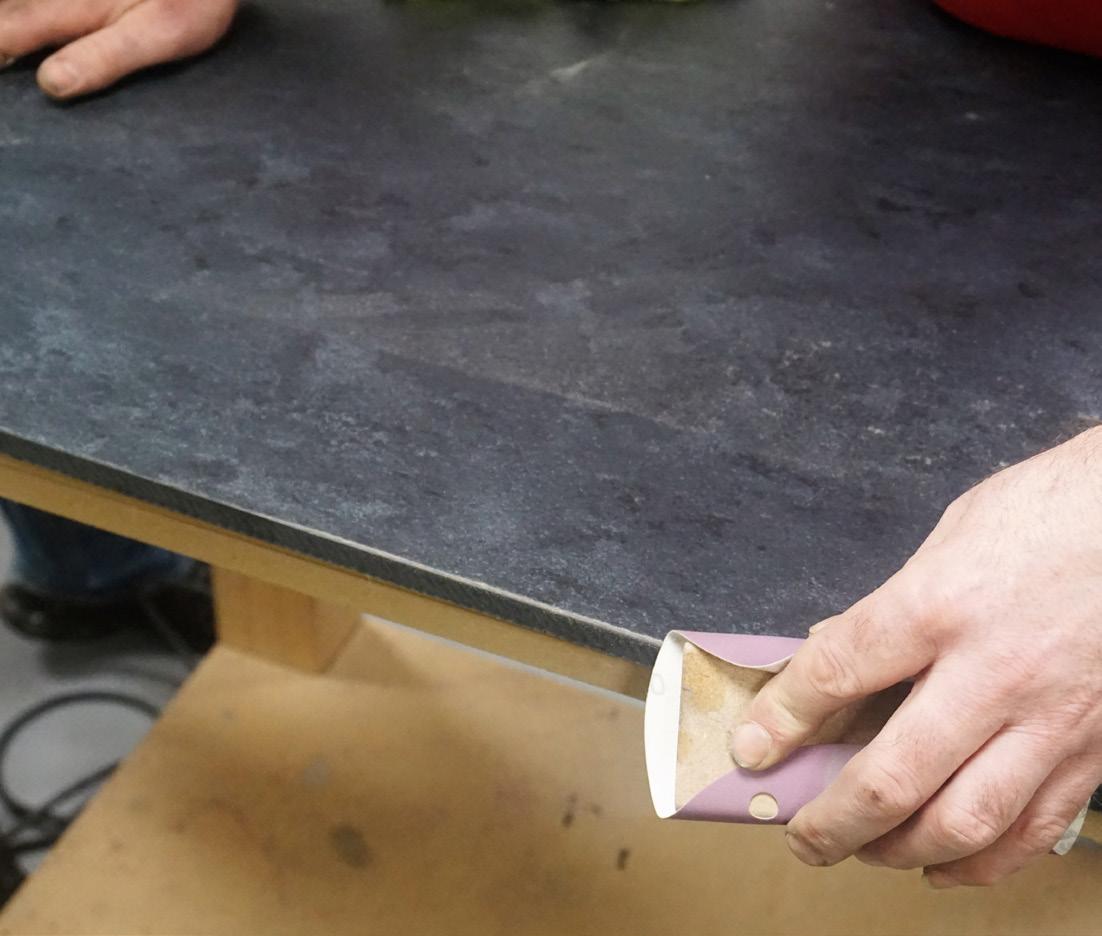
Zenith has wide-ranging applications throughout the kitchen and the wider living space in addition to being used as a worksurface – especially in comparison with traditional laminate.
• Undermount sinks can be installed with Zenith, creating a streamlined design effect as the material is 100% waterproof. You can even install drainer grooves into the surface due to its solid core which creates a sleek finish but also becomes a modern design feature as the black core is visible.
• Zenith can be used as cabinet cladding due to the decorative design on both sides and its thinness – simply use silicone and clamp in place while it sets.
• Coordinated open shelving is also a popular option to fit with modern open-plan designs, make use of any offcuts or purchase additional material to achieve this look.
• Upstands and splashbacks are available for a fully coordinated design effect and quality finish as a contemporary alternative to tiles – and they’re easier to install too.
• Zenith can be used for kick plinths due to its waterproof qualities, so it can standup to the testing environment of the kitchen avoiding any problems with water ingress.
Do you need specialist tooling to install Zenith?
No, the same tooling as basic worktop installation is needed to fit Zenith solid laminate worktops, including; handheld routers, drills, sanders, jig saw and blades, worktop jig, hand held circular saws, extraction units, clamps, biscuit joint machine and biscuits. Additional pieces may be needed for sink installation of which are included in the installation kit, but you can see the full details in our installation guide. Boiled linseed oil is also recommended for finishing.
How should you cut Zenith solid laminate worktops?
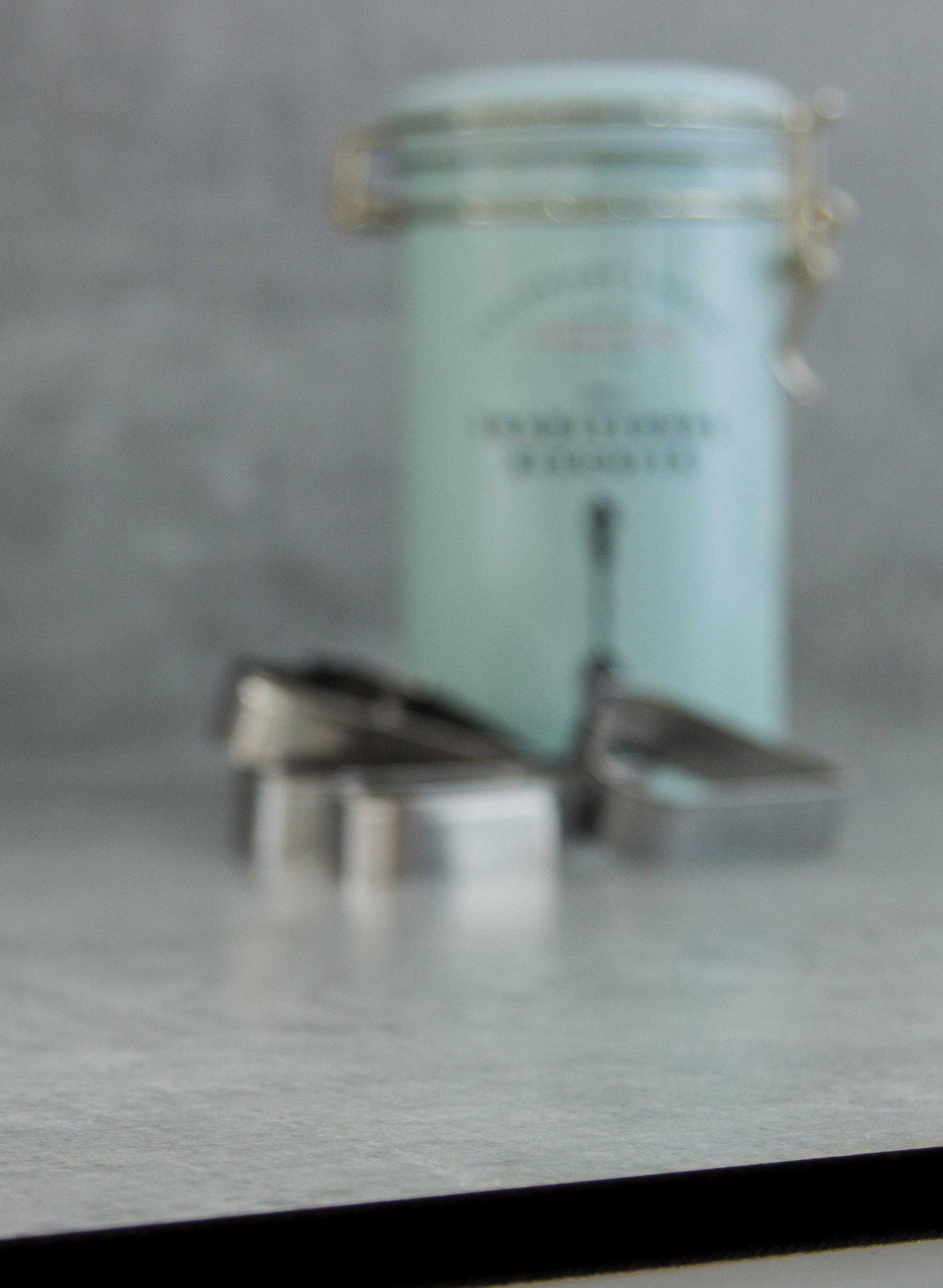
Use a hand held circular saw with clean, sharp TCT triple chip blades, followed by a handheld router to achieve a high quality finish when cutting Zenith worktops for joint edges and finished ends.
The blade of your tools will dictate how fast you can go but we recommend a slow speed and you should plunge in three increments (never one) to avoid burning the material and blunting the blades.
How do you join Zenith worktops?
Firstly, ensure the cut is clean to allow for a good bond to the joint and a high-quality finish. As it’s a machined edge, you can
Zenith Woodstone Grey showing black core detail
choose to do a mason’s mitre or a straight butt joint, but if the latter, make sure it’s a neat, clean cut. A biscuit joint is required to keep the surfaces level, you will need to insert No 20 biscuits into the joint; we recommend using 4-5 of them per join (but never less than 3).
Then use a two-part epoxy resin to join the two pieces and clamps to pull the worktops together for a smooth join. Clean off any excess resin. If the machined cut is not a clean cut, use a jig held on with clamps and use a masons mitre as you would with a standard worktop to create the join instead. We always recommend you carry out a dry fit first.
What kind of sinks can be installed with Zenith?
When it comes to installing sinks with Zenith solid laminate worktops there are no limitations due to its 100% waterproof properties, so both inset and under mount sink types can be used.
All under mount sinks must be cut out using a jig and centre support to avoid tipping, then plunge in increments of 4/5mm with router, never use a jigsaw to freehand on the compact material when creating the sink cut out.
If installing Belfast / Butler sinks, please refer to manufacture guidelines to ensure you follow the correct method to ensure the sink is sufficiently supported underneath. They also need sealing with a good quality silicone sealant, this is applied to the top of the Belfast sink and Zenith lowered into place, any squeeze out must be removed at this point and made good.
How to apply Drainer Grooves?
If applying drainer grooves into the surface, then the sink cut out and drainer grooves must be done at the same time. This allows the inserts to be drilled and placed at the thickest point of Zenith between each groove, this is important to avoid a hole appearing and the insert being seen. The sink can then be attached. Never make the drainer grooves deeper than 6mm.
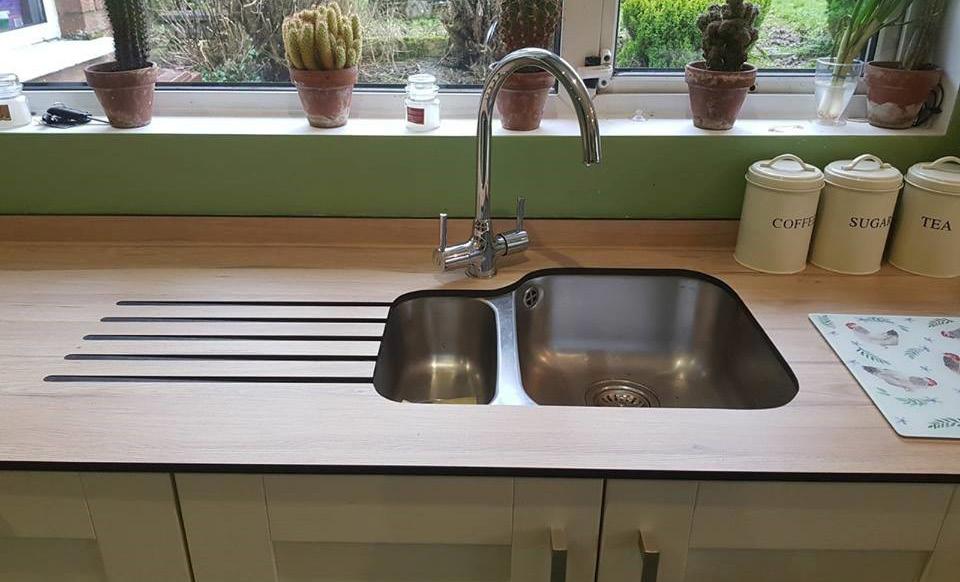
Can you use Zenith with different types of hobs & oven combinations?
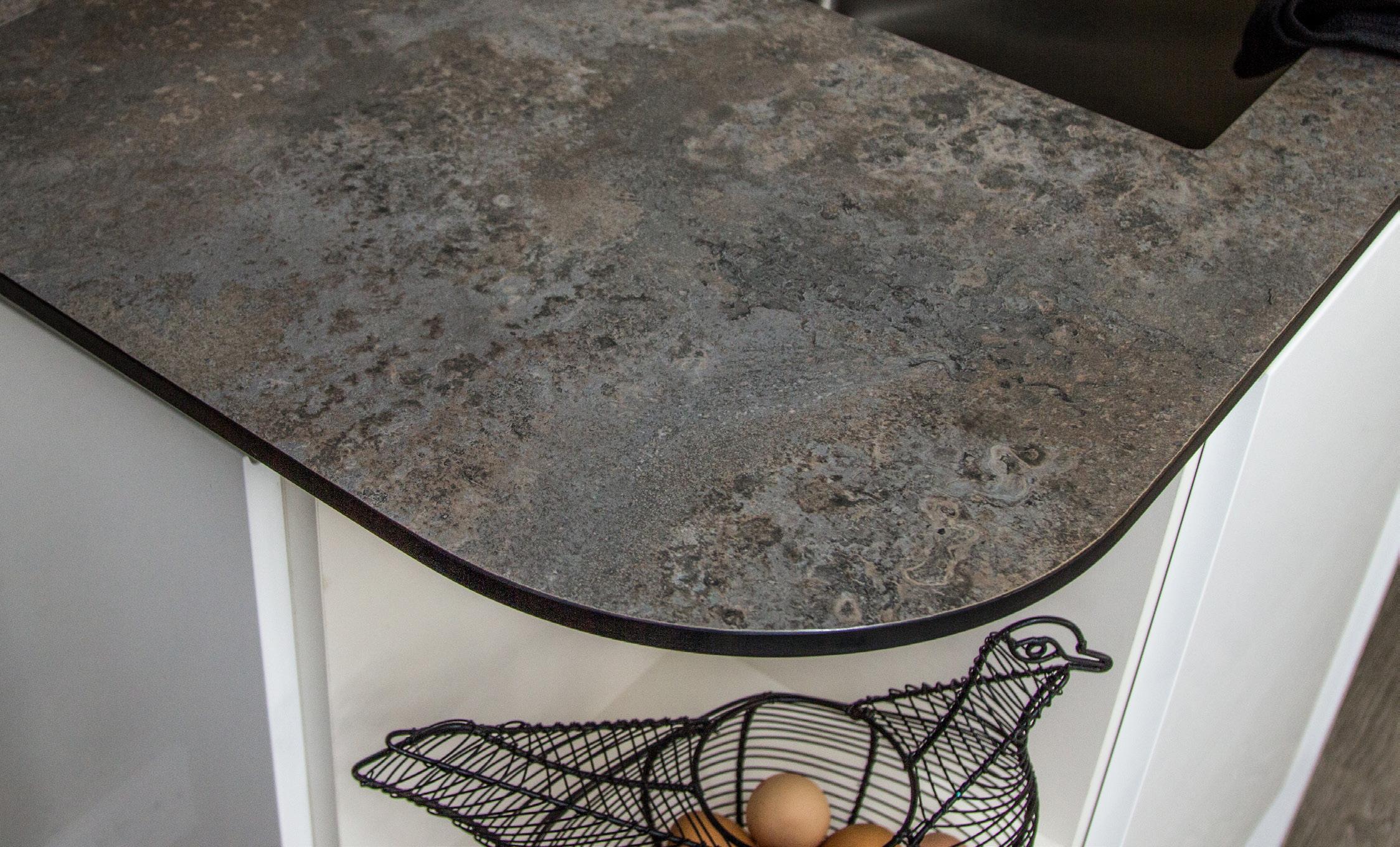
All hob types including electric, gas and induction are compatible with Zenith worktops, however there are some specific fitting requirements to make sure the hob is fitted correctly depending on the hob depth. If installing an oven under a hob you may need to lower the oven and move the filler panel from the bottom to the top of the oven, to create a ventilation gap between the two appliances. The installation guide which comes with each worktop and online videos provide full details.
However we are finding tower ovens are becoming increasingly popular in kitchen designs, therefore alternatively you could introduce a pan drawer / display drawer underneath the hob to allow for the necessary ventilation gap.
How to finish Zenith worktops for a premium result?
When it comes to creating a perfect finish for Zenith worktops, the last thing to do is finish the front edges (there is no need for edging strips as with traditional standard laminate as the worktop is solid).
Any edges that will be seen should be sanded with an orbital sander or palm sander using 180 and 240 sanding grits – keeping it flat to avoid any rounding or trenching. Next wipe the edge clean with a damp cloth and follow with a scotch-brite pad too for a final smooth finish, you may want to apply a layer of boiled linseed oil to the edge as a final step to emphasise the aesthetic of the visible solid black core.
Please note there is a Zenith installation kit available which is highly recommend when installing Zenith worktops.
If you have any additional questions about Zenith, installation or how it can be used from a design perspective, please get in touch with the Wilsonart team who will be happy to help.










